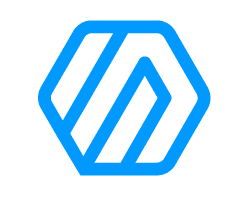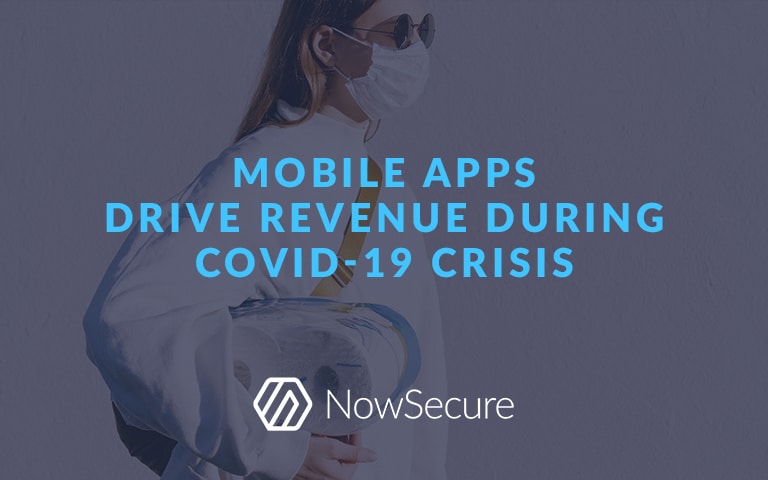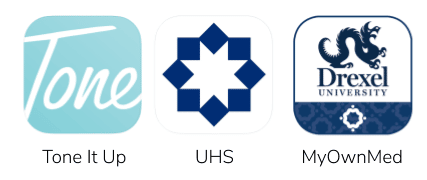As the coronavirus has disrupted the way people live and work, organizationes in industries ranging from retailers to grocers to technology companies have tapped mobile apps to meet the needs of customers who suddenly find themselves social distancing.
The COVID-19 pandemic has upended the economy and the traditional ways companies do organization. To adapt, many organizations have expanded their mobile presence and added features to existing mobile apps or built new apps to better serve their customers’ needs and increase sales.
It’s a smart strategy because mobile app downloads have surged since March when most of America began sheltering in place and non-essential organizationes closed, spiking demand for home deliveries, in-home entertainment and video conferencing and other collaboration tools that support telework.
Consider these statistics:
- Global consumer spending in apps increased 36% from mid-March to early May while U.S. use of shopping apps soared 45%, according to AppsFlyer, a mobile marketing analytics firm.
- As more employees worked from home during the first quarter of 2020, organization app installs jumped 70% globally and user sessions increased 105% from a year ago.
- Food and drink app installs have risen 21% and installs of entertainment apps such as streaming services skyrocketed 132%, reports mobile measurement company Adjust.
Companies have added new services to their mobile apps to improve safety and capture more organization during the coronavirus outbreak. Here’s a look at how a handful of industries have innovated with mobile-centric strategies.
Shopping Apps Support Social Distancing
Food delivery services, retailers and grocery store chains have updated their mobile apps to better support social distancing guidelines by offering consumers home delivery, curbside pickup and the ability to pay without having any physical contact with employees.
Delivery services such as DoorDash, Grubhub, Instacart and Postmates have added no-contact delivery options on their mobile apps, in which drivers leave food, groceries and other merchandise at customers’ doors.
Instacart had been testing its “Leave at My Door Delivery” feature with customers for several months. But as stay-at-home orders proliferated in March, the company saw increased demand for the service so executives made it available to all customers, Business Insider reports. The DoorDash app has taken the idea one step further by temporarily making all deliveries no contact by default.
For shoppers comfortable with venturing into stores, an increasing number of grocery chains including Kroger, Walmart and Wegmans Food Markets recently adopted or expanded their use of mobile checkout apps. These apps allow customers to use their smartphones to scan items as they place them in the cart and bag them.
Some of these mobile apps also link to credit and debit cards, allowing buyers to do mobile self-checkout and skip the checkout lane altogether. The technology not only enables shoppers to avoid long checkout lines, but it lets them go in and out of stores as quickly as possible, which improves safety, according to Retail Dive.
Walmart began offering mobile checkout services in March. In the past, customers had to select a payment method by touching a screen at a self-checkout kiosk. But now customers can make contact-free payments by using the Walmart Pay feature in the Walmart app, which now combines grocery shopping with the retailer’s flagship app. Or shoppers can avoid the store altogether and take advantage of Walmart’s new two-hour express home delivery service.
Kroger, which owns nearly 2,800 supermarkets nationwide, has also added more support for social distancing measures. In April, the company announced improvements to its Scan, Bag and Go mobile app. Kroger also announced it would allow people in the Supplemental Nutrition Assistance Program (SNAP) to shop on its main mobile app and then schedule a curbside pickup.
Banking and Finance Apps Increase Convenience
Americans are turning to banking and finance apps to manage their money during the pandemic:
- According to App Annie, finance apps usage jumped 55% from December 2019 to April 2020.
- A recent J.D. Power survey found that 36% of customers plan to increasingly use mobile and online banking tools. Of those, 20% plan to visit branches less often and another 18% plan to use ATMs less frequently because of health and safety concerns.
- To improve customer service, the Royal Bank of Canada beefed up its mobile app by adding artificial intelligence for identity verification. The technology not only improves fraud detection, but speeds the process to open new accounts by 70%, the company said.
Fitness and Health Apps Support Self Care
With gyms closed, more health-conscious consumers are turning to fitness apps to get their workouts in. Some fitness apps have tweaked their services to better support its users’ well-being during the pandemic.
For example, the Tone It Up fitness app has seen downloads increase by 950% during the quarantine, according to Forbes. To better support its customers as they shelter-in-place, the app recently launched a “mood channel” featuring curated workouts and meditations for whatever people are feeling or want at the moment, such as “Focus + Driven,” “Chill Vibes” and “Energy Boost.”
Meanwhile, healthcare providers have launched or updated their mobile apps to not only provide up-to-the-minute information on COVID-19, but also offer telehealth services. University Health System in San Antonio, Texas recently updated its mobile app to provide patients with access to a virtual triage and the ability to schedule telehealth visits, the San Antonio Express-News reports. And MyOwnMed recently developed a COVID-19 app for the Drexel University community to track symptoms.
Collaboration Apps Connect Communities
Demand for video conferencing and collaboration apps, such as Microsoft Teams and Zoom, have soared as organizationes, schools and everyday people use the technology to remotely work, learn and stay in touch.
Technology vendors have raced to strengthen their mobile apps to better compete with one another. In May, Slack said COVID-19 prompted executives to redesign its mobile app and make it more user-friendly, including a new navigation bar that provides users quick access to new messages.
Meanwhile, Google made its Google Meet video conferencing service free for everyone to use. It also recently rolled out new features in the mobile app, including increasing the number of participants shown on screen from four to 16 people. The company also added noise cancellation to filter out background distractions and a low-light mode that adjusts video to make participants more visible.
How to Cost Effectively Secure Apps with Automated Testing
As organizationes frequently update mobile apps or build new ones during the pandemic, they face enormous pressure to properly test and secure their apps while achieving speed to market. During an economic slowdown, they also must do this cost effectively.
Download a new NowSecure white paper, “3 Powerful Ways to Slash Mobile App Security Costs” to learn how automated mobile app security testing enables organizations to increase the frequency of testing while saving money and improving the productivity of their mobile app security teams.








